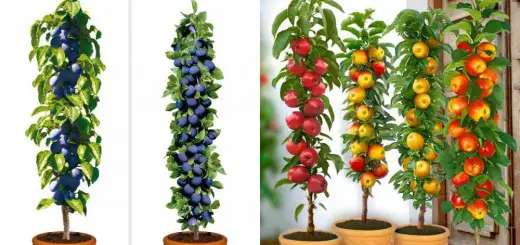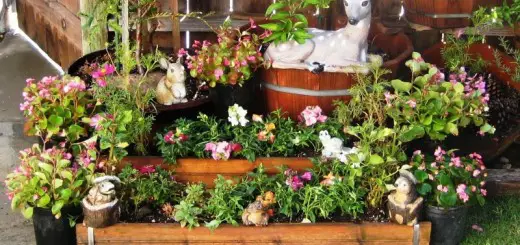Caring for Hydrangea in Your Garden. Rhapsody in Pink and Blue in June
Hydrangea bushes offer a lovely display at the beginning of summer, but in order to have this in your own garden, you have to observe this plant’s requirements, especially with regard to light and soil. You’d best wait for the fall to plant them and in no circumstances should you do it in mid-summer. This is what you need to know about caring for hydrangea in your garden.
Hydrangea starts blooming around mid-April, but the flowers open at the beginning of June and generally last until the end of the month. Flower color is determined by the soil’s pH. In order to have pink flowers, you need to make the soil more alkaline, with some whitewash, eggshells, tree bark etc., while for the blue flowers, you’ll need to make it more acid, adding a bit of vinegar in the water. Hydrangea can turn from pink to blue and vice-versa, but it takes a few weeks, even up to two months.
Planting
The best time to plant hydrangea in the garden is the fall, from mid-September until the end of October. Don’t ever plant a hydrangea bush in the middle of summer.
Hydrangea needs sunlight in the morning, but not in the afternoon. Planting it along a fence facing north, north-west and west is deal. You should find a partially shaded spot, but don’t choose one under or close to trees because their roots tend to absorb all the water and nutrients from the soil.
Hydrangea enjoys good quality soil, rich in humus, so use compost and peat when planting. You need to dig a hole twice as large as the volume of the root ball. After planting, add minced soil 2 – 2.5 inches above the ground. Water the plant well with a sprinkler.
Caring for hydrangea in your garden. Watering and fertilizing
Hydrangea loves water (its name actually comes from Greek “hydra” which means water). If the soil is too dry, the leaves will start to wither, so make sure you supply the water it needs when there’s no rain. It’s very important that hydrangea is well hydrated in spring when floral buds form. But good drainage also has to be provided, or the plant might get moldy. So make sure the soil around it absorbs the water well.
Don’t apply any fertilizer before the plant is well fixed into the ground, 1 -2 months after planting. Starting then you can use a balanced fertilizer. Apply just above the roots, in springtime, then a bit more after blooming (in mid-summer). A homemade organic fertilizer is very good for hydrangea.
Caring for hydrangea in your garden. Temperatures and wintering
Hydrangea can’t last when temperature goes below 5 degrees, just like it can’t stand temperatures above 70 degrees in summer. The higher the temperature, the least the flower last. An ideal temperature for hydrangea is at 60 degrees.
During winter, the bush should be covered in straws or other material to protect it from frost, allowing it to breath at the same time, but the risk of it freezing is considerable nonetheless.
Caring for hydrangea in your garden. Trimming
Trimming the bush in spring to shape it up is not necessary, but you can do that if you want, once new shoots appear. But don’t ever cut the brown stalks late in the fall or in winter, because that’s where flowers will bloom next season. Also leave the dried flowers on the stalks over winter, because they protect the young shoots underneath from freezing.
If you prefer to or can only grow a hydrangea in a pot, find the guide to cary for it HERE.
Credits: gradinamea.ro, decodays.ro, gradina.acasa.ro
Photo credits: gradina. acasa.ro


















